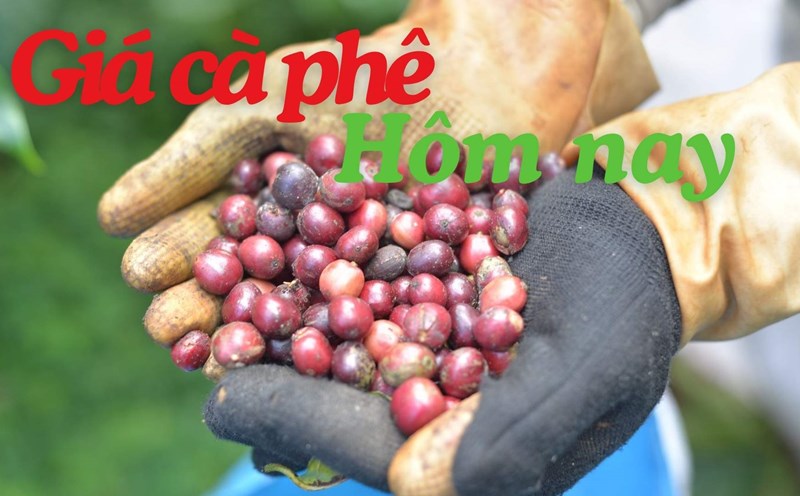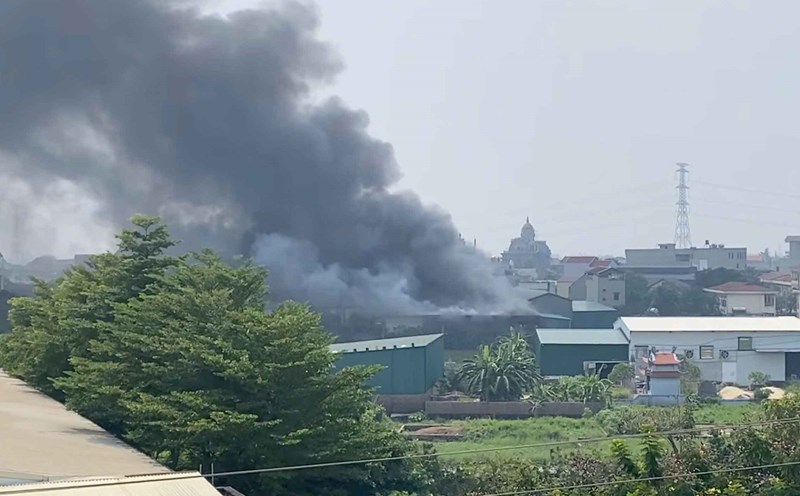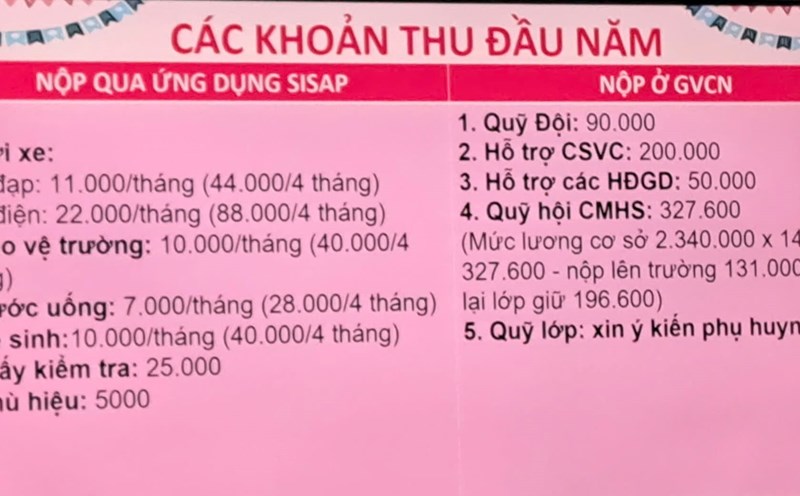Domestic coffee prices
On October 10, coffee prices in key Central Highlands regions decreased slightly by VND 500/kg, bringing the average price in the whole region down to VND 114,300/kg. The price decrease occurred simultaneously in localities, showing a synchronous adjustment throughout the market.
From the peak of 122,000 VND/kg at the end of August, the current price has decreased net by 7,700 VND/kg, showing that the fluctuations in September and early October still left big losses.
World coffee prices
The international coffee market shows a clear differentiation:
Robusta ( London): This market is flat. The most recent contract increased slightly by 26 USD/ton to 4,568 USD/ton, showing that buying demand (buy force) is still trying to maintain price position.
Arabica (New York): On the contrary, Arabica decreased sharply. The December 25 contract lost up to 7.85 US cents/lb (more than 2%), closing at 377.25 US cents/lb. This decline leads to a decline in domestic prices.
Coffee price assessment and forecast
The market is being dominated by a conflict between future supply risks and actual supply.
Arabica's sharp decline was triggered by rainfall in Brazil: Forecasts show that Minas Gerais will receive a "significant" amount of rain this week, easing concerns about drought for the important flowering period.
However, the market still received strong support from fundamental factors such as Arabica inventories on the ICE floor fell to a 1.5-year low; Robusta also fell to a 2.5-month low. The order to impose a 50% tax on imports from Brazil from the US is the main cause of this supply shortage.
Forecasts remain negative. Volcafe predicts that the global Arabica market will have a deficit of up to 8.5 million bags in the 2025/26 crop year (the fifth consecutive year of deficit).
The decrease was reinforced by a report by ICO, showing that total global coffee exports still increased (+0.2%), and our country's exports increased by 10.9% in the first 9 months of the year, increasing actual supply in the market.
It is forecasted that the coffee market will continue to be in a state of strong fluctuations and unpredictability. Although long-term risk factors (La Nina, inventory) are still the driving force for price increases, technical selling and abundant supply from Vietnam are creating a large resistance level.











